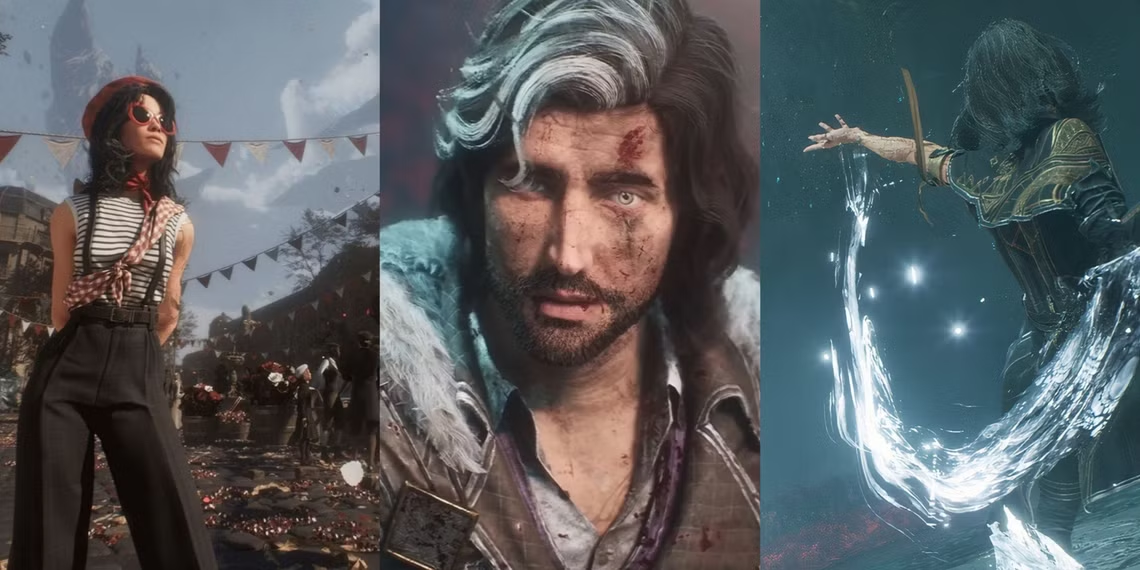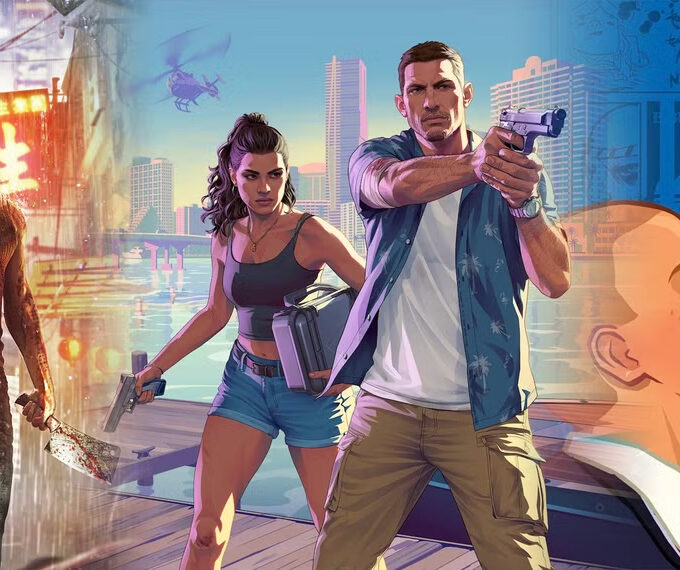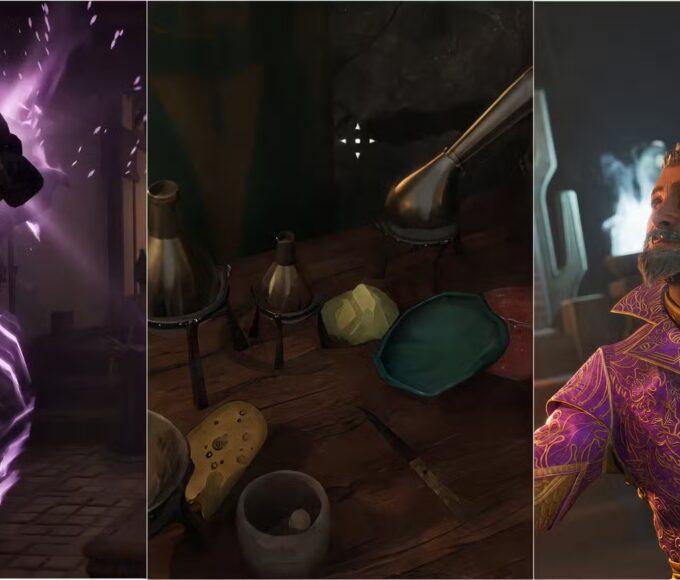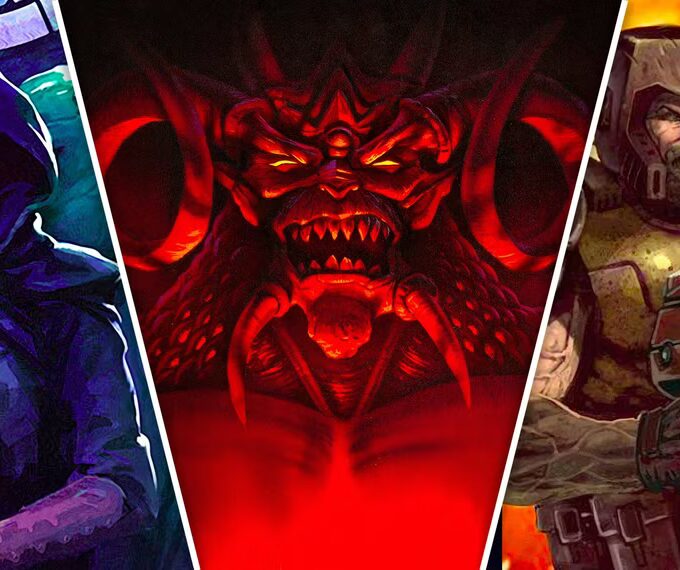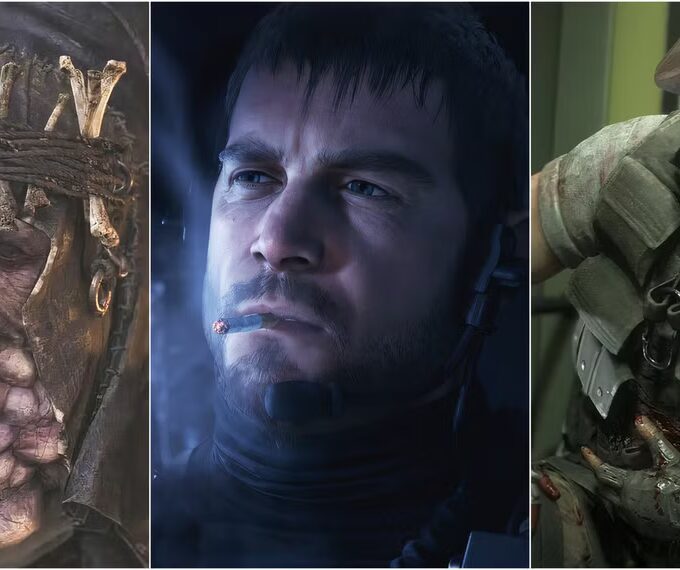After experiencing the complete and emotionally resonant journey that Clair Obscur: Expedition 33 offers, many players will likely find themselves yearning for more time in its world, even if they’ve already cleared its deepest, most dangerous corners. A single playthrough of the game is an unforgettable adventure, but sometimes revisiting a familiar title with a fresh perspective can elevate the experience to entirely new heights.
Simply playing the same game exactly as you did the first time can eventually become repetitive. Seeing the same bosses and enemies and defeating them using the identical strategies might not be the most exciting way to relive a game’s magic. However, Clair Obscur: Expedition 33 offers numerous significant ways to fundamentally alter the gameplay, allowing players to step back into its beautifully crafted world with distinct differences while still recapturing the joy and excitement of their initial run.
Here are 7 ways to shake up your second playthrough of Clair Obscur: Expedition 33:
1. Turn Up The Difficulty

For many players, Clair Obscur: Expedition 33 provides a solid challenge even on its standard difficulty settings, with later bosses often requiring significant effort. But if your first playthrough felt too manageable, increasing the difficulty by a tier is an excellent way to make combat encounters feel more rewarding and demanding, all while keeping the core story and world intact. The difficulty tiers generally feel fair and well-tuned. If a particular encounter on a higher setting proves too frustrating, you can always temporarily lower the difficulty to pass the hurdle before raising it again. This adds a new layer of challenge overall; considering some optional bosses can take dozens of attempts on normal settings, tackling them on a higher difficulty provides a compelling new goal after finishing the game the first time.
2. Experiment With New Skills and Builds

Clair Obscur: Expedition 33 initially limits the player by only allowing six active skills at a time. This often means that many other available skills are used infrequently or entirely overlooked as players settle into builds they find most effective. Completing the game for the first time removes this pressure, opening the door for extensive experimentation. Those skills and spells that seemed weaker but potentially fun on the first run can finally be explored to discover their unique power and utility.
Furthermore, there are deep possibilities for changing your entire party’s build combinations. For instance, many character abilities and Picto sets interact strongly with the elemental type attached to a player’s currently equipped weapon. If you primarily used a Fire element weapon in your first playthrough, switching to a Void type and building around Picto sets designed for that element can lead to surprising and sometimes hilariously effective new strategies.
3. Attempt a Solo Character Run

If the game’s standard difficulty isn’t enough, how about facing the entire journey with just a single character? By the time you see the credits roll, your party is likely well-geared and high-level, capable of tackling most threats. However, removing the two additional party members you may have relied on creates an incredibly challenging run that demands immense patience and meticulous decision-making. Certain characters, like Maelle, possess a damage output that can make them quite self-sufficient. But even self-reliant characters face a massive spike in difficulty when they have no one to fall back on for support or healing. With multiple characters available, you could attempt a solo playthrough as Lune in one run and then switch to Verso for the next, adding significant replay value.
4. Try Out Different Weapons
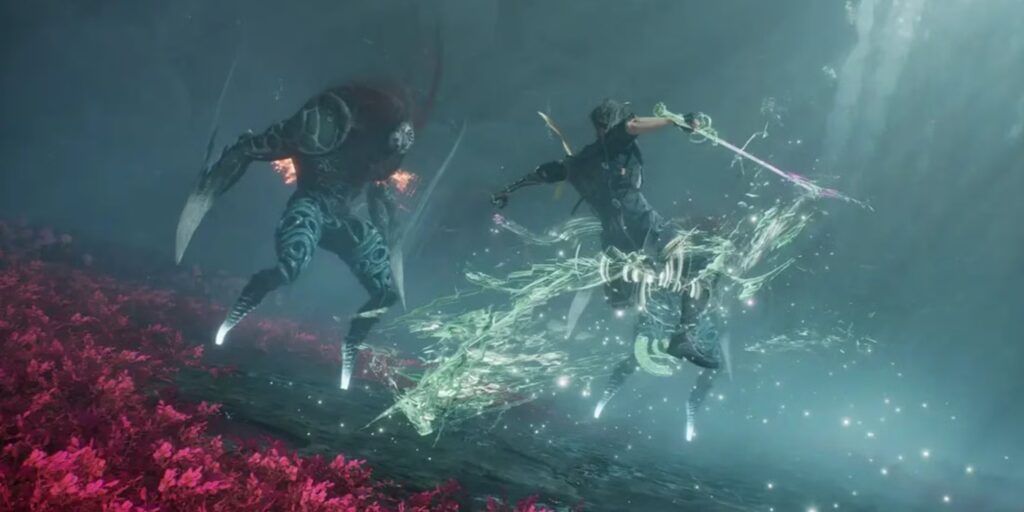
Similar to how Pictos influence character builds, your weapon selection is a crucial factor determining the outcome of fights. Weapons offer different elemental types and innate traits that can fundamentally alter a character’s playstyle. Some weapons allow a character to approach the start of a fight in a unique way, while others provide more straightforward but still beneficial buffs. Each weapon feels distinct and offers a fresh approach upon acquisition. Typically, in a first playthrough, players might find a preferred weapon or two that they perceive as powerful and stick with them for the majority of the game. However, with a long list of armaments to choose from, a second run is the perfect opportunity to make a bold choice and experiment with a weapon that offers a completely different playstyle you would have never considered initially.
5. Undertake a Speed Run
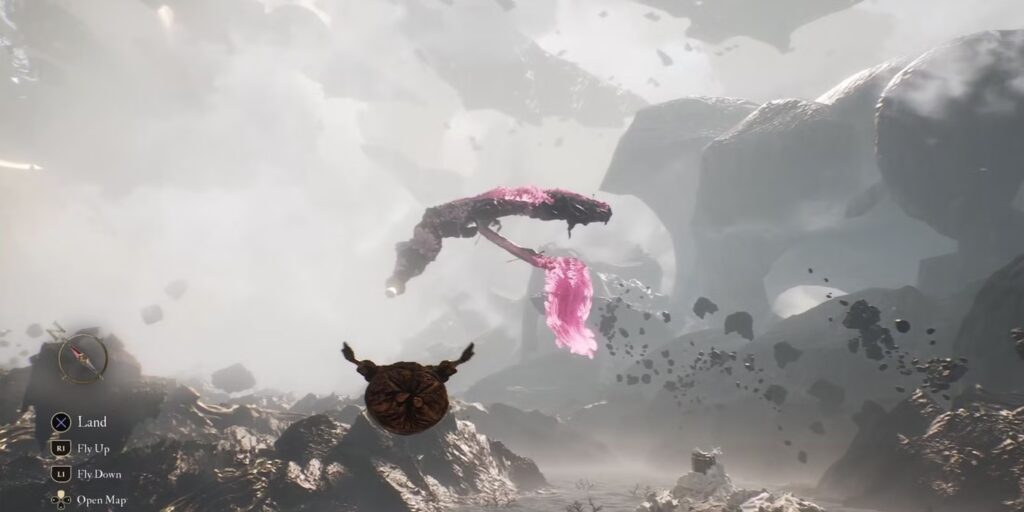
No game with complex systems and dedicated fans is complete without the ultimate challenge: the speedrun. With potential strategies involving bugs that allow for long-distance travel or discovering game-breaking attack combinations that can quickly eliminate powerful enemies, Clair Obscur: Expedition 33 likely has considerable room for optimization. There are often various categories players can compete in within speedrunning communities, each offering a different type of challenge focused on completing the game as quickly as possible. Once you’ve absorbed the lore and story in your first playthrough, you’ll have no problem skipping cutscenes and rushing through the landscape to clear the game as fast as you can. Given the build variety and potential methods, it will likely take a long time before definitive, fully optimized routes and strategies for speedrunning are cemented.
6. Challenge Yourself with a Flawless Run
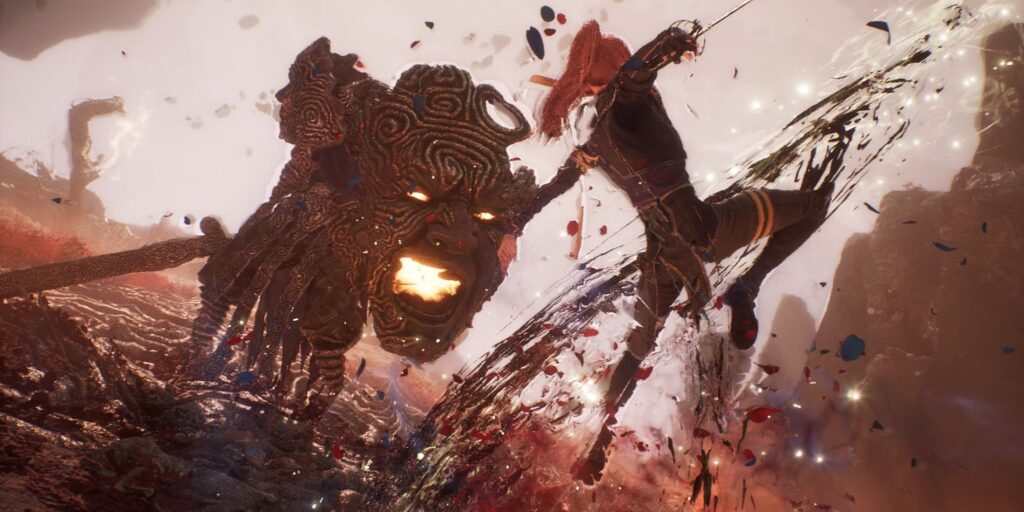
For many hardcore gamers, the ultimate test of mastery is the no-hit run. Clair Obscur: Expedition 33 offers variations of this caliber of difficulty: a “no-death” run, which is self-explanatory, and a true “no-hit” run, where taking any damage at all requires restarting. The latter is arguably the most difficult challenge the game can offer. Clearing some of the game’s bosses even on the hardest difficulty is a feat in itself; doing so without taking a single point of damage is a title reserved only for the most skilled dodgers. The race to achieve such a title is often on within dedicated communities, and even when someone accomplishes it, there’s no doubt new variations or challenges will emerge afterward.
7. Explore Different Character Combinations

Your party in Clair Obscur: Expedition 33 consists of five main members, but you can only have three active in your combat squad at any given time. This means that for a significant portion of your initial playthrough, unless you are intentionally rotating characters frequently, several party members will likely spend extensive time on the sidelines. A great way to inject freshness into a second run is to deliberately focus on using characters you neglected the first time. Experiment with their unique skill sets and discover the possibilities that open up when you build teams around them.
Fully grasping the level of depth the game affords in terms of character customization and party synergy can take time. Each character offers a substantial list of gameplay customization options, and each works better or worse depending on the other members in the party. In one composition, Maelle might serve primarily as a tank to protect Sciel; in another, Lune might become the primary damage “carry” for the team. The options are diverse, and experimenting with different character combinations offers virtually unlimited fun and strategic depth on subsequent playthroughs.





